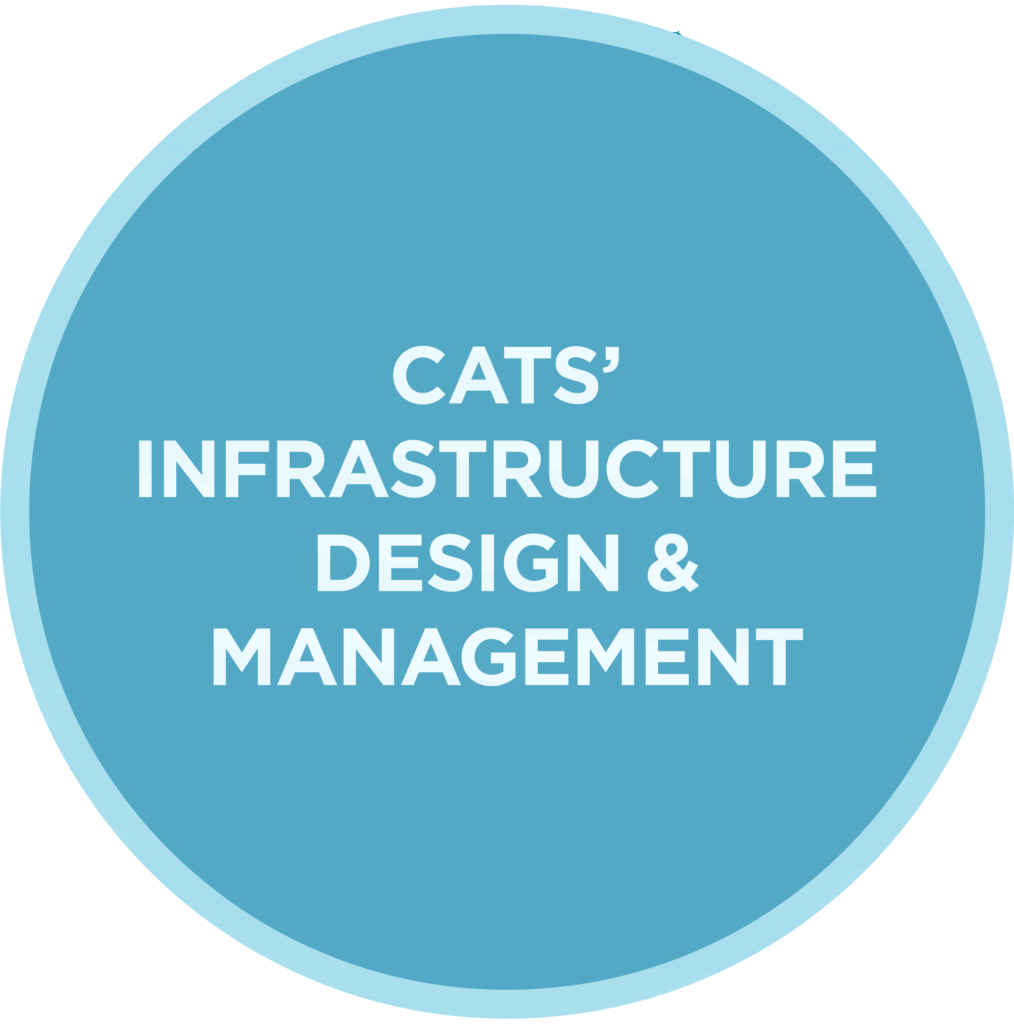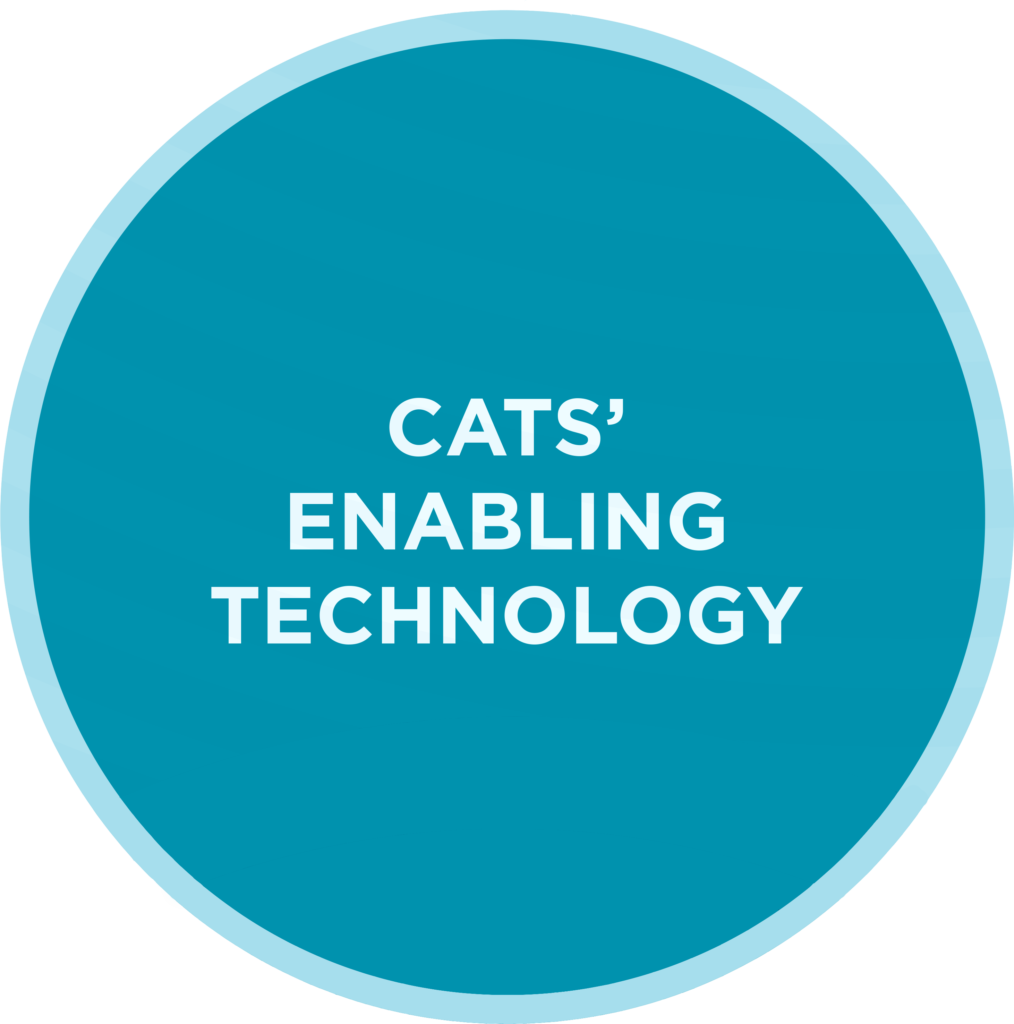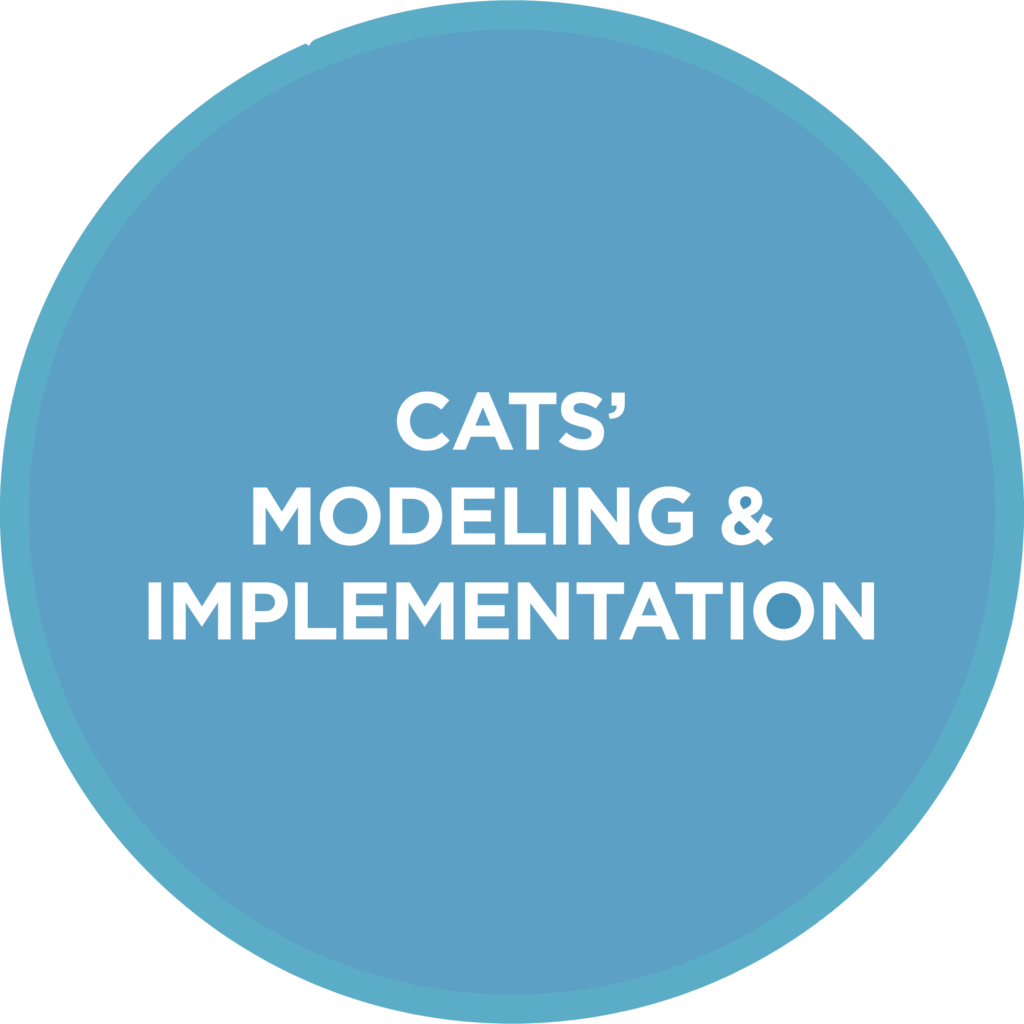In the era of post-autonomy when automated vehicles are prevalent, there will be revolutionary changes to the transportation system. From auto ownership to auto usage, from trip planning to road traffic management, even from the perspective of law enforcement, almost every aspect of an autonomous transportation system will differ from the existing one. To prepare for these changes, it is desirable to study a variety of essential policy and technical issues an autonomous vehicle system may face, including automated vehicle adoption pathway, logistic operations of fleets, social acceptance, consumer choice and business operation, as well as sustainability assessment. Although an automated future is defined as desirable, simply saying so does not map a route from here to there. The lack of viable deployment pathways was a huge impediment to past automation efforts and many obstacles remain despite improvements in technology. Shared use of automated vehicles is one promising form of automated vehicle fleet adoption. However, even within the narrower field of shared automated vehicles (SAVs), all academic work to date assumes relatively mature systems. CCAT researchers will seek to fill this gap by identifying a pathway for sharing to emerge in an automated vehicle context, providing practical and actionable knowledge to planners, governments, and private companies on what types of SAV systems can effectively be deployed and where.
Research Focusing on Policy & Planning
| 2021 International Symposium on Transportation Data and Modelling (ISTDM) |
| Principal Investigator: Yafeng Yin Research Thrusts: Control & Operations, Enabling Technology, Human Factors, Infrastructure Design & Management, Modeling & Implementation, Policy & Planning |
| A Naturalistic Bicycling Study in the Ann Arbor Area |
| Principal Investigator: Shan Bao & Fred Feng Research Thrusts: Enabling Technology, Human Factors, Infrastructure Design & Management, Policy & Planning |
| Adapting Land Use and Infrastructure for Automated Driving |
| Principal Investigator: Yafeng Yin & Srinivas Peeta Research Thrusts: Policy & Planning |
| AI-enabled Transportation Network Analysis, Planning, and Operations |
| Principal Investigator: Yafeng Yin Research Thrusts: Control & Operations, Modeling & Implementation, Policy & Planning |
| AV Occupant ID Optical Based Occupant Identification and Classification for Autonomous Vehicles |
| Principal Investigator: Matt Reed Research Thrusts: Control & Operations, Enabling Technology, Human Factors, Modeling & Implementation, Policy & Planning |
| Behavioral Intention to Ride AVs and Impacts on Mode Choice Decisions, Energy Use, and Emissions |
| Principal Investigator: Konstantina “Nadia” Gkritza Research Thrusts: Policy & Planning |
| CCAT Ann Arbor Connected Environment (AACE) Operations and Maintenance |
| Principal Investigator: Henry Liu Research Thrusts: Control & Operations, Enabling Technology, Human Factors, Infrastructure Design & Management, Modeling & Implementation, Policy & Planning |
| Changes in Highway Agency Expenditures and Revenue in an Era of CAVs |
| Principal Investigator: Samuel Labi, Kumares Sinha, & Mohammad Miralinaghi Research Thrusts: Infrastructure Design & Management, Modeling & Implementation, Policy & Planning |
| Cybersecurity of Transportation Infrastructure in a Connected-Vehicle Environment |
| Principal Investigator: Henry Liu & Z. Morley Mao Research Thrusts: Enabling Technology, Infrastructure Design & Management, Policy & Planning |
| Design and Management of Highway Infrastructure to Accommodate CAVs |
| Principal Investigator: Samuel Labi, Kumares Sinha, & Mohammad Miralinaghi Research Thrusts: Infrastructure Design & Management, Modeling & Implementation, Policy & Planning |
| Enhanced Methodology for Exploring Autonomy-Enabled Multi-Mode Regional Transportation |
| Principal Investigator: Daniel DeLaurentis Research Thrusts: Enabling Technology, Modeling & Implementation, Policy & Planning |
| Exploring the Prospective Role of Connected Vehicles in Monitoring and Response to Pandemics and Disasters |
| Principal Investigator: James Eric Dietz & Samuel Labi Research Thrusts: Infrastructure Design & Management, Modeling & Implementation, Policy & Planning |
| Facilitating Electric Propulsion of Autonomous Vehicles Through Efficient Design of a Charging-Station Network |
| Principal Investigator: Samuel Labi & Mohammad Miralinaghi Research Thrusts: Control & Operations, Enabling Technology, Infrastructure Design & Management, Modeling & Implementation, Policy & Planning |
| How Vehicle Connectivity Based Eco-Routing Choices Will Impact Driver Decision Making |
| Principal Investigator: Shan Bao & James Sayer Research Thrusts: Enabling Technology, Human Factors, Policy & Planning |
| Investigation of AV Operational Issues Using Driving Simulator Equipment |
| Principal Investigator: Brandon Pitts & Samuel Labi Research Thrusts: Control & Operations, Human Factors, Modeling & Implementation, Policy & Planning |
| Lane Management in the Era of CAV Deployment |
| Principal Investigator: Mohammad Miralinaghi, Samuel Labi, & Shreyas Sundaram Research Thrusts: Infrastructure Design & Management, Modeling & Implementation, Policy & Planning |
| Mcity Ann Arbor Connected Environment Operations and Maintenance |
| Principal Investigator: James Sayer Research Thrusts: Controls & Operations, Enabling Technology, Human Factors, Infrastructure Design & Management, Modeling & Implementation, Policy & Planning |
| On Transportation Equity Implications of Connected and Autonomous Vehicles (CAV): A Review of Methodologies |
| Principal Investigator: Tierra Bills Research Thrusts: Policy & Planning |
| Operations of Connected and Autonomous Freight Trucks Under Congestion and Infrastructure Cost Considerations |
| Principal Investigator: Imad Al-Qadi, Yanfeng Ouyang, Jeffery Roesler, Hasan Ozer, & Hadi Meidani Research Thrusts: Control & Operations, Infrastructure Design & Management, Modeling & Implementation, Policy & Planning |
| Public Acceptance and Socio-Economic Analysis of Shared Autonomous Vehicles: Implications for Policy and Planning |
| Principal Investigator: Konstantina “Nadia” Gkritza Research Thrusts: Policy & Planning |
| Ridesharing, Active Travel Behavior, and Personal Health: Implications for Shared Autonomous Vehicles |
| Principal Investigator: Konstantina “Nadia” Gkritza Research Thrusts: Policy & Planning |
| The Impact of COVID-19 on User Perceptions of Public Transit, Shared Mobility/Micro-Mobility Services, and Emerging Vehicle Types |
| Principal Investigator: Konstantina “Nadia” Gkritza Research Thrusts: Policy & Planning |
| Translation of Driver-Pedestrian Behavioral Models at Semi-Controlled Crosswalks into a Quantitative Framework for Practical Self-Driving Vehicle Applications |
| Principal Investigator: Jon D. Fricker Research Thrusts: Human Factors, Policy & Planning |
| Using Driving Simulator Environment to Determine Interactions Between User Behavior and Infrastructure Design Under Autonomous Vehicles |
| Principal Investigator: Srinivas Peeta Research Thrusts: Human Factors, Infrastructure Design & Management, Modeling & Implementation, Policy & Planning |





